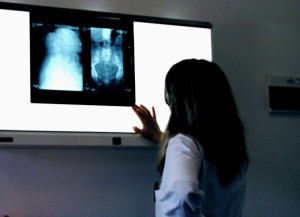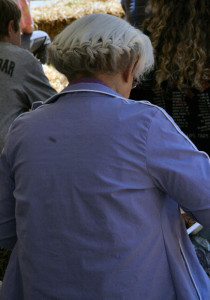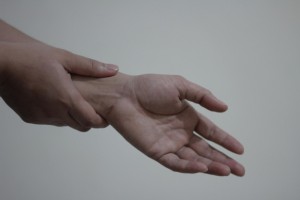Florida courts do not allow plaintiffs in most car accident cases to raise the issue of defendant insurance due to concern that jurors would treat insured defendants differently from those who lacked insurance. 
It is in a similar vein that courts generally don’t allow defendants to mention whether plaintiff seeking compensation for medical bills had health insurance coverage. Courts don’t want jurors giving less compensation to plaintiffs who had coverage (and maybe only paid a fraction of billed costs out-of-pocket) than those who didn’t (and are therefore solely responsible for paying bills in full). This is known as the collateral source rule, and the key is that wrongdoers shouldn’t be allowed to benefit just because plaintiff received compensation from some other source. A plaintiff’s compensation from a third party doesn’t make the actions any less wrong.
However, that also doesn’t mean plaintiffs are necessarily entitled to receive double recovery. Usually, the insurance company intercedes and collects its fair share. Continue reading ›
 Florida Injury Lawyer Blog
Florida Injury Lawyer Blog


























